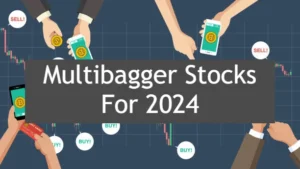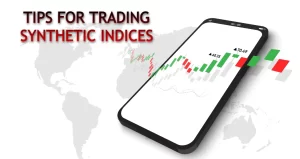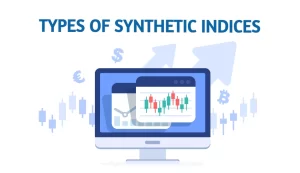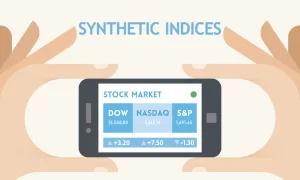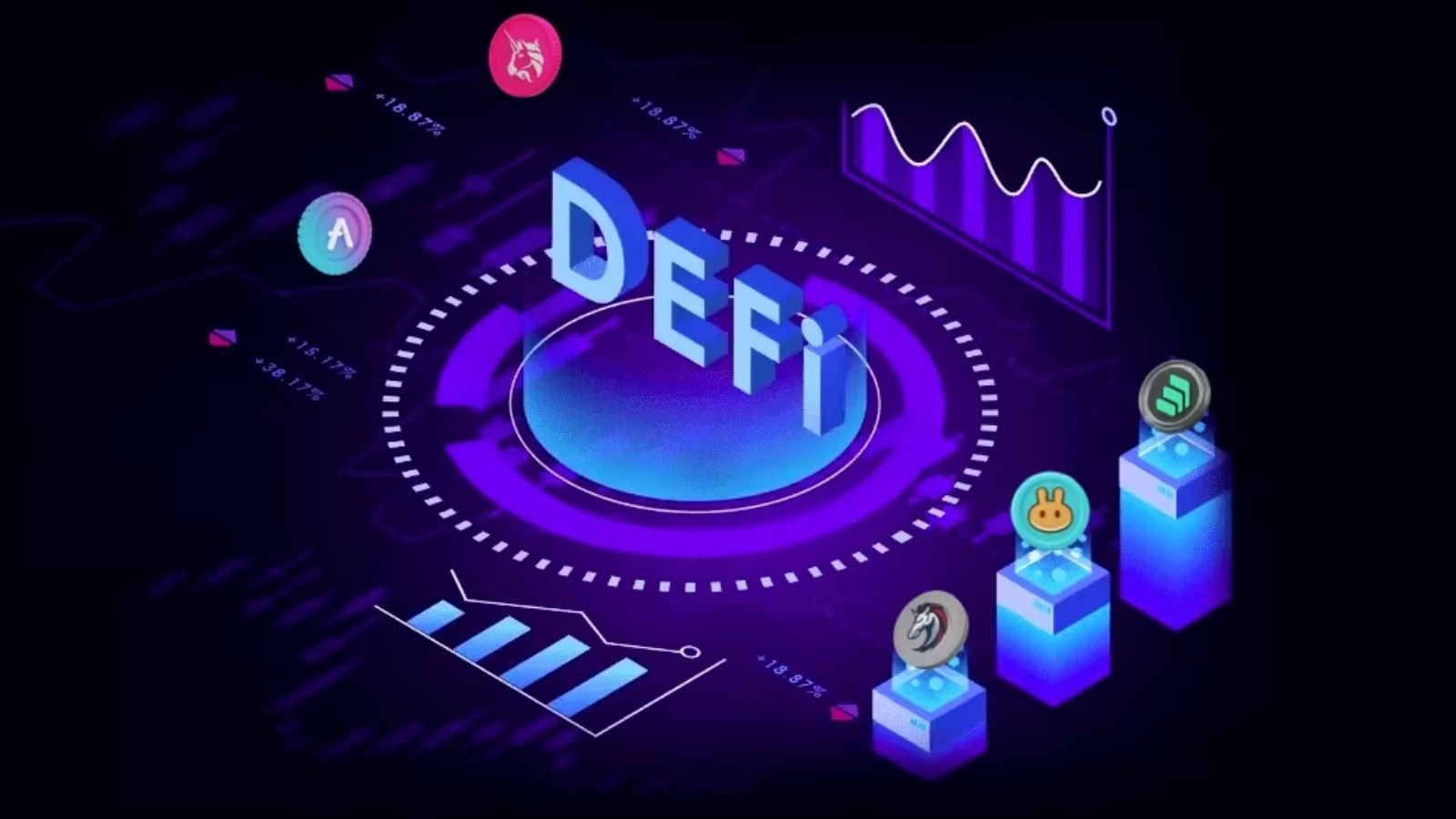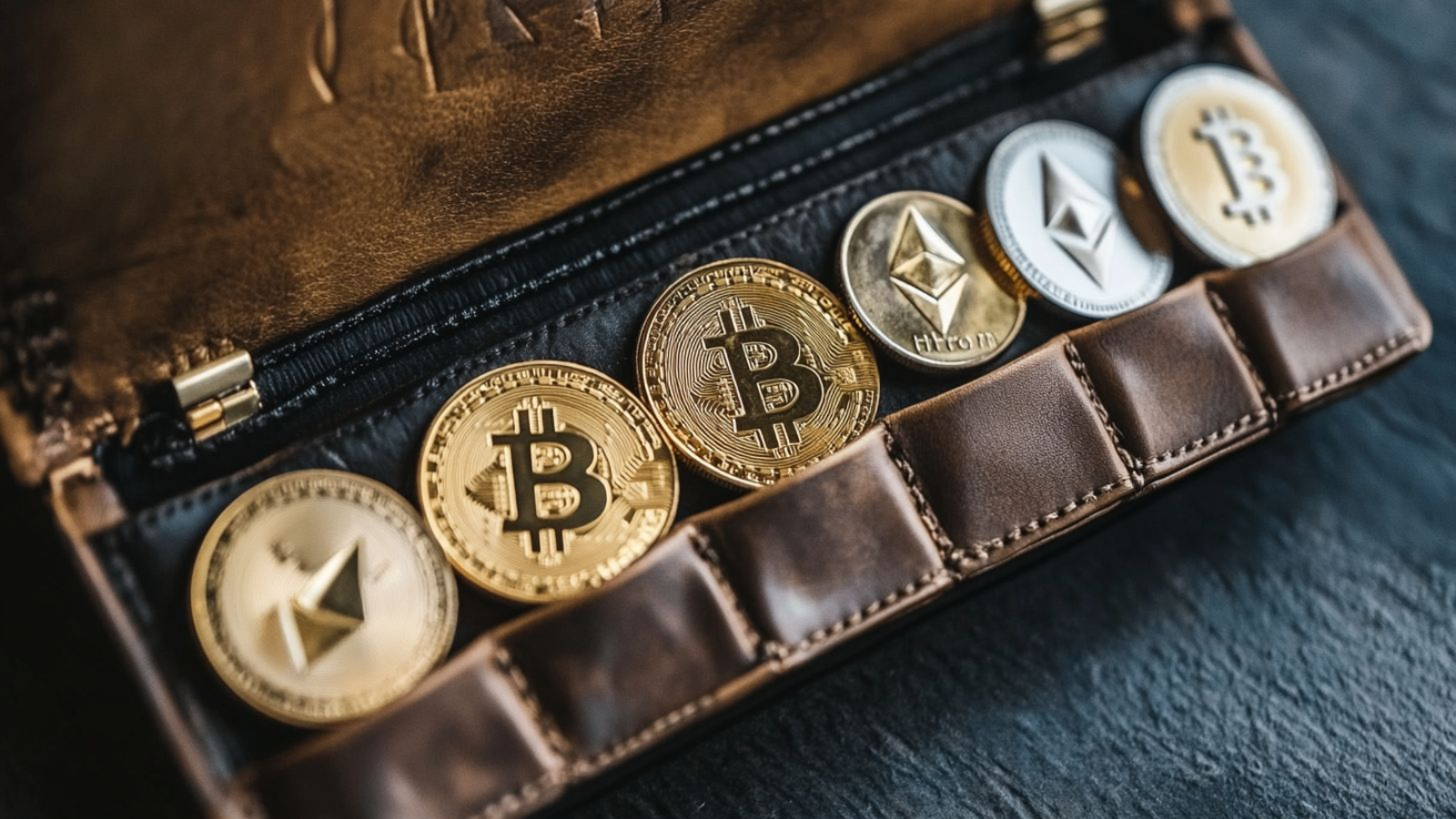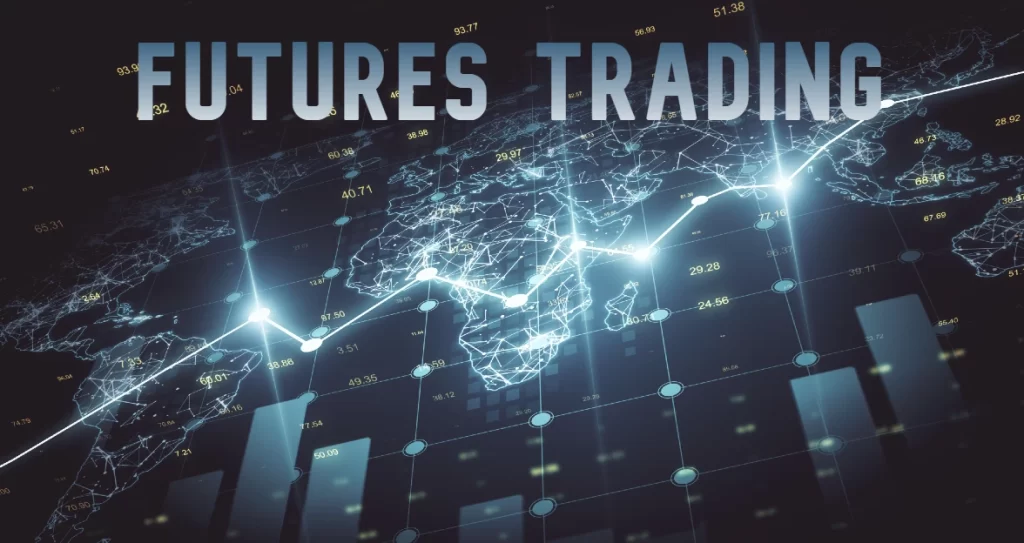
Futures trading is one of the most eminent approaches experienced Wall Street investors adopt. This derivative product allows the market players to speculate on or hedge against the future pricing of different assets to acquire potential profits. However, futures trading accommodates a unique operating structure and several other intricacies that need to be carefully understood for an efficient experience.
In this article, we have explored what are future contracts, how they work, and what are the main benefits of trading futures.
Table of Contents
ToggleWhat is futures trading?
Futures trading involves derivative futures contracts that necessitate the buying or selling of an underlying asset on a fixed future date at a pre-specified price. These contracts include the terms for delivery, or cash settlement, of the relevant asset at some future expiration date.
Unlike options, the distinctive feature of futures is that the involved parties must settle the contract. Hence, as per the obligation, buyers and sellers have to purchase or sell the underlying asset according to the contract specifications at the determined date.
Note that futures contracts can be based on several underlying assets, including commodities, indices, currencies, and stocks.
Understanding futures: How do future contracts work?
Futures are derivative contracts that are used to lock the price of a financial instrument or commodity to earn benefits. Like other derivatives, futures also utilizes leverage where parties have to stake only a portion of the full contract’s value when trading. Note that they are traded on futures exchanges like NYMEX and CME, where participants are connected with each other to buy or sell the contracts.
Moreover, futures are traded in the form of ticks – which represent the minimum possible price fluctuation range of a futures contract. Tick sizes and point values (a point indicates the smallest price change on the left side of the decimal) are determined by the exchanges according to the contract type, and brokers have no say in this.
Also, the buyers of a futures contract are obligated to take possession of the underlying asset at the time of expiration and not any time before. However, they sure can sell their position at any time before expiration to be free of their contract or obligation.
Physical delivery futures – Using futures for hedging
The exchanges where the futures trade specify whether the contract is for physical delivery or if it can be cash-settled.
Many companies and businesses buy or sell physical delivery-based futures contracts related to their line of work. They capitalize on futures to hedge the risks and avoid large losses due to uncertain market conditions.
For example, if a wheat production company fears a decline in wheat prices near the upcoming harvesting season, it can look for a futures contract to secure a part of its profits. On finding a suitable wheat contract, they can sell it and deliver the wheat at the expiration date. To summarize this whole hedging concept, note that the buyer secures a wheat-selling contract at a “better” price than what he expects the actual price would be at the expiration date. Without his selling position, he wouldn’t have been able to lock some profits at a good price.
Cash settlement futures – Using futures for speculation
The majority of the futures traders are speculators who do not want to practically exchange products in the future. Instead, they look for money-making opportunities by predicting future price directions. If a trader buys a contract and the underlying commodity ascends in value by the expiration date, he will acquire profits. In the opposite case, his position will be liquidated, and he may sustain more losses than the original investments. Overall, upon completion of the contract, the profits or losses have to be settled in the investor’s brokerage account.
Moreover, investors can also take a short position on future contracts if they speculate a future price decline of the underlying instrument. In case the price actually declines, they can acquire an “off-set position” to close the contract.
Margin in futures trading
Futures trading supports much larger leverage ratios, even up to 90%, and lower margin rates compared to stocks and other financial instruments.
- Futures “initial margin” points to the sum of money (a percentage of the full contract) that must be kept in the trading account to enter a futures position. A 4% initial margin would mean submitting 4% of the contract’s full value in margin.
- The maintenance margin refers to the money needed to cover losses at any time during the contract duration. The broker asks for additional funds (maintenance margin) to level up the account deficit when prices decline.
- Margin calls occur when there is insufficient money in the account to cover the losses. If the required amount of margin call is not deposited timely, the position is liquidated.
Compared to other derivatives, margin rates in futures are fixed by the ‘exchanges,’ while the brokers can only control their fees.
An example of futures trading
Suppose a trader speculates that the price of corn will increase in the upcoming months. Consequently, he buys December Corn futures (December represents the expiration month of the contract) in June with an expectation that its price will be higher by the end of the year. At the time of buying, the contract is trading at $5.00 or 500 cents.
As corn is traded with a contract size of 5,000 bushels, the trader holds a position valued at $25,000 ($5 x 5000). But, due to margin trading, he only paid a small percentage of the full amount to buy the contract.
Now, at the expiration date, corn’s price has actually increased to $5.50 or 550 cents. On the exit of position, the trader earns $2500 ($5.50 – $5.00 =$0.5 x 5000 = $2500), excluding the fees and commissions of the broker.
If the price had decreased by $0.5 at the time of expiration, he would have to sustain a loss of $2500.
Why trade futures?
Futures are certainly not for everyone, as these derivatives integrate several complex considerations and concepts that enhance their overall risk scale. However, if handled rightly, futures are a great way to grasp good profits and hedge against risks. Firstly, futures markets are highly liquid, and traders can easily enter or quit positions. Moreover, futures extends straightforward pricing (most of the time) and does not involve any time decay of premium, as in options. Further, futures trading is allowed with some of the highest leverages, which makes it an attractive choice for risk-tolerant investors. Also, besides speculation, corporations and businesses utilize physical delivery futures for hedging and protecting their profits.
Nevertheless, futures trading has its risks; therefore, participants must do extensive and careful research before associating with this domain.
Read more:
http://thetradingbay.com/what-is-options-trading-how-does-options-trading-work/
http://thetradingbay.com/what-is-leverage-in-trading-a-complete-guide/



